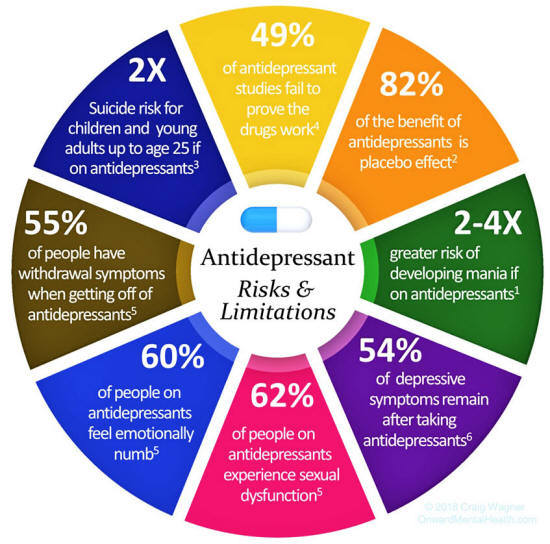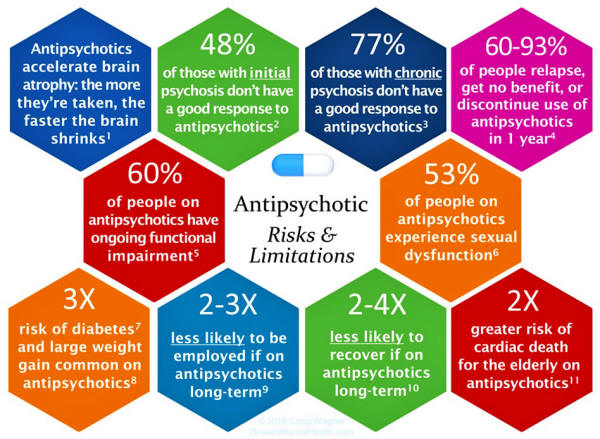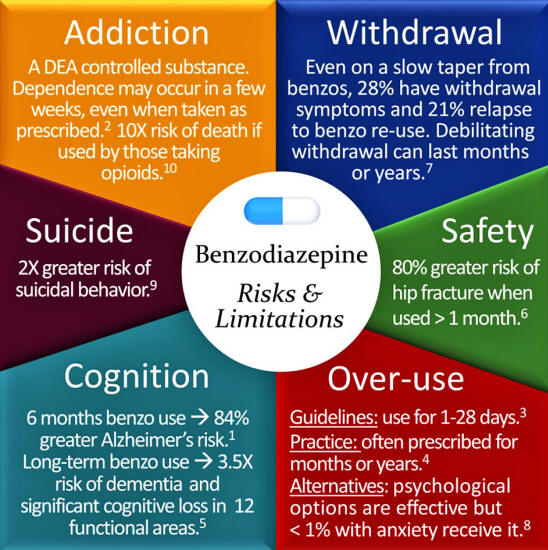|
As of 2016, one in six American adults were taking psychiatric medications, a staggering number that is accompanied by the fact that the mental health industry in America is worth well over $200 billion a year.
We've been led to believe that our doctors are the end-all-be-all authority on what's good for our health and that their advice is backed up by rigorous and undeniable scientific proof. What we're not told, however, is that scientific research today is highly suspect and often outright corrupted by the pharmaceutical industry.
Furthermore, we really don't yet understand the full-range of consequences involved in taking prescriptions psychiatric medications instead of pursuing other, natural possibilities.
Medical researcher Craig Wagner has compiled eight years of study of psychiatric medications and their effects, and he has distilled his findings into three easy to grasp infographics that will shatter your perceptions about the efficacy and safety of these medications.
We really don't have a truthful understanding of this issue, but these graphics will help put it into perspective.
This first graphic looks at antidepressants.
Wagner writes:
The following graphic looks at antipsychotics.
Again, the graphic is further explained by Craig Wagner:
The third graphic examines benzodiazepines.
Wagner comments:
The research and supporting graphics paint a more realistic picture of what psychiatric medications are actually doing to people.
As more data is collected with each passing year, we're learning that the pharmaceutical industry is not necessarily seeking to improve public health.
|





